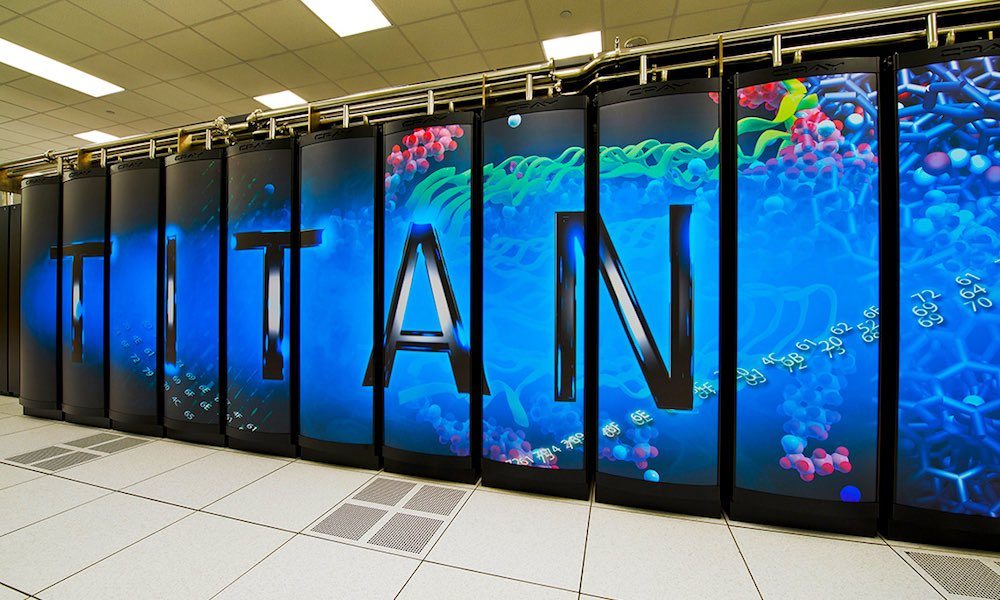U.S. Plans to Gain Edge over China with 200-Petaflop Supercomputer by 2018

Toggle Dark Mode
China recently achieved the top spot in the TOP500 biannual list of fastest supercomputers in the world with its Sunway Taihulight, but the global race for supercomputer dominance is not over yet.
US company IBM recently announced, in conjunction with the US Department of Energy’s (DOE) Oak Ridge National Laboratory, that it is planning to build the Summit supercomputer by early 2018.
This supercomputer will reportedly be capable of hitting a LinPACK benchmark of 200 petaflops per second, twice as fast as the Taihulight, which runs at 93.1 petaflops per second. A petaflop is equivalent to approximately one quadrillion floating-point operations per second.
The Taihulight is currently the world’s fastest, most powerful and efficient supercomputer. It eclipsed China’s Tianhe-2, which was previously the world’s fastest supercomputer since 2013, by reaching speeds that were more than three times as fast as its predecessor.
The Taihulight is unique in that it runs on its own proprietary technology, utilizing Sunway 260-core SW26010 processors that are roughly on par with IBM’s Xeon Phi. The Tianhe-2 on the other hand uses parts made by IBM, because it was constructed before the US instituted an export ban on high-performance processors to China in 2015.
The Summit will use IBM Power9 and NVidia Volta GPUs. The announcement is a response to the recent news that China had once again built the world’s best supercomputer. The Department of Energy noted that the nation’s supercomputing capabilities had augmented exponentially by a factor of 300,000 since 1993 and reaffirmed that high-performance computing was a top priority.
The DOE is also slated to purchase two other supercomputers by 2018 and uses supercomputing to pursue scientific research.
Featured Photo: U.S. Super Computer Titan via Oak Ridge National Laboratory






